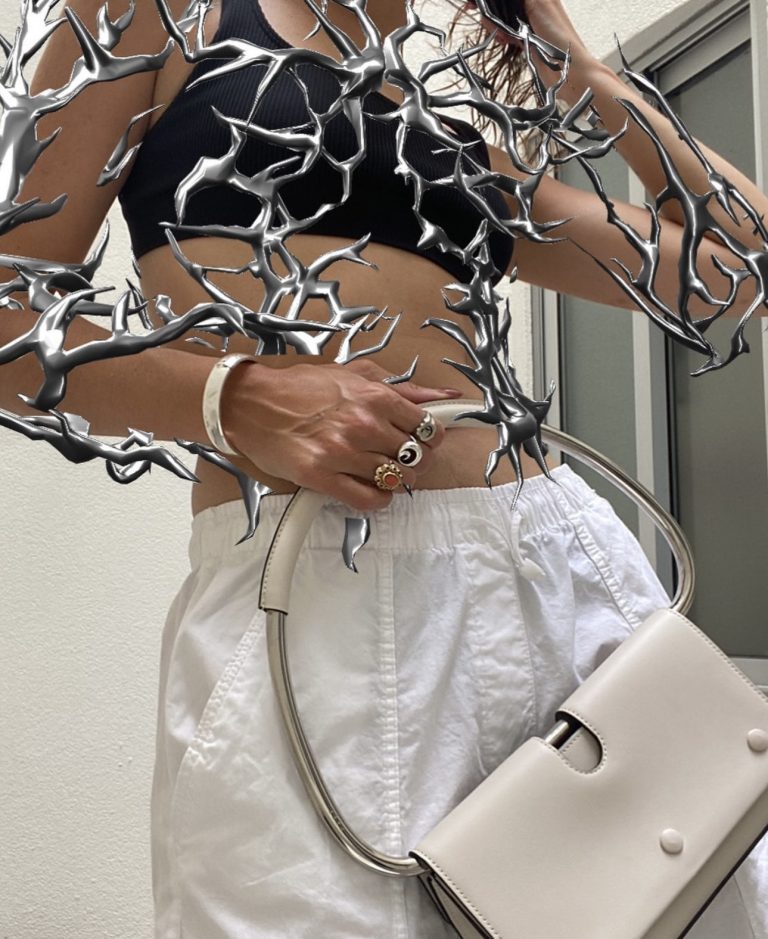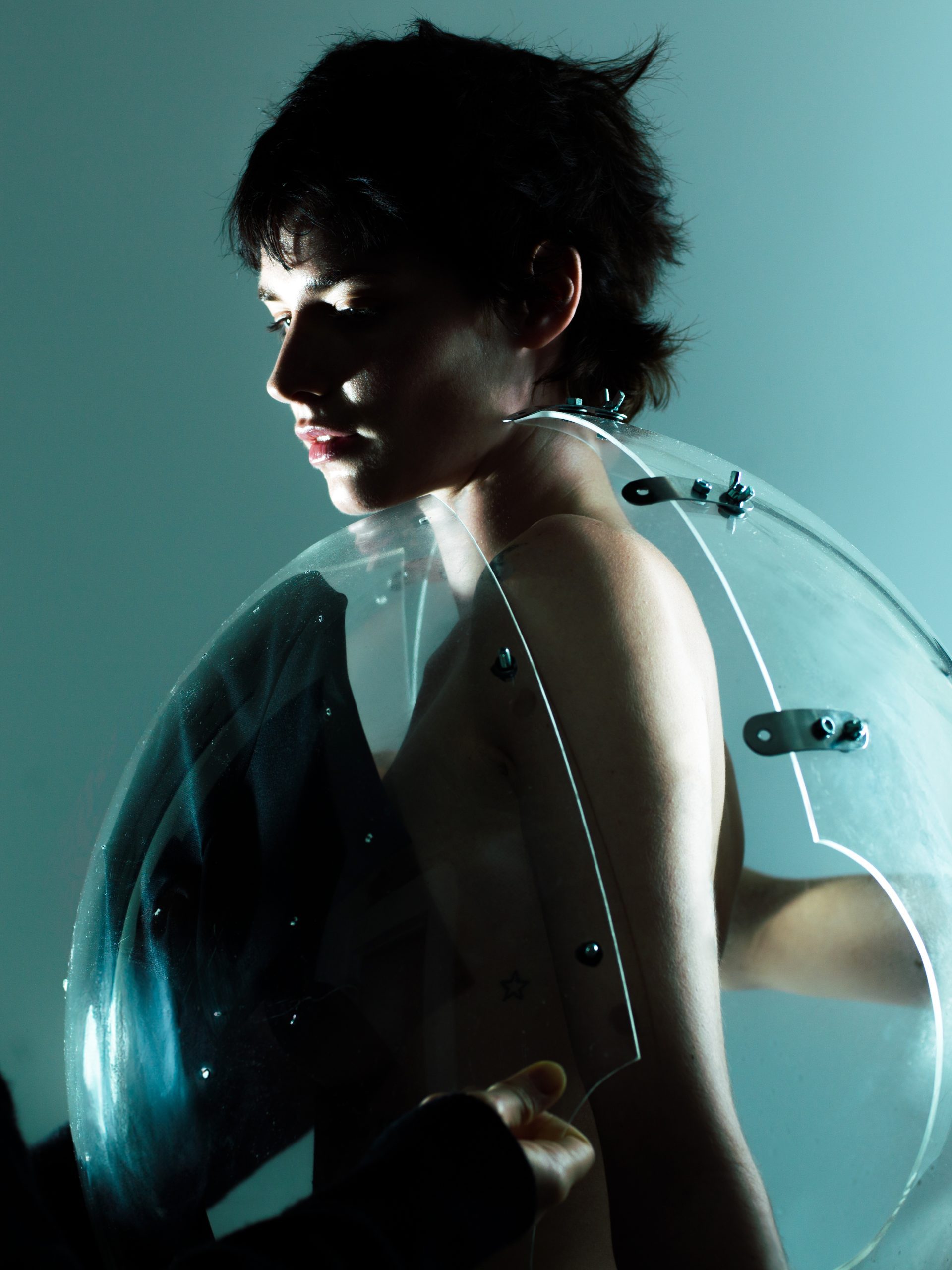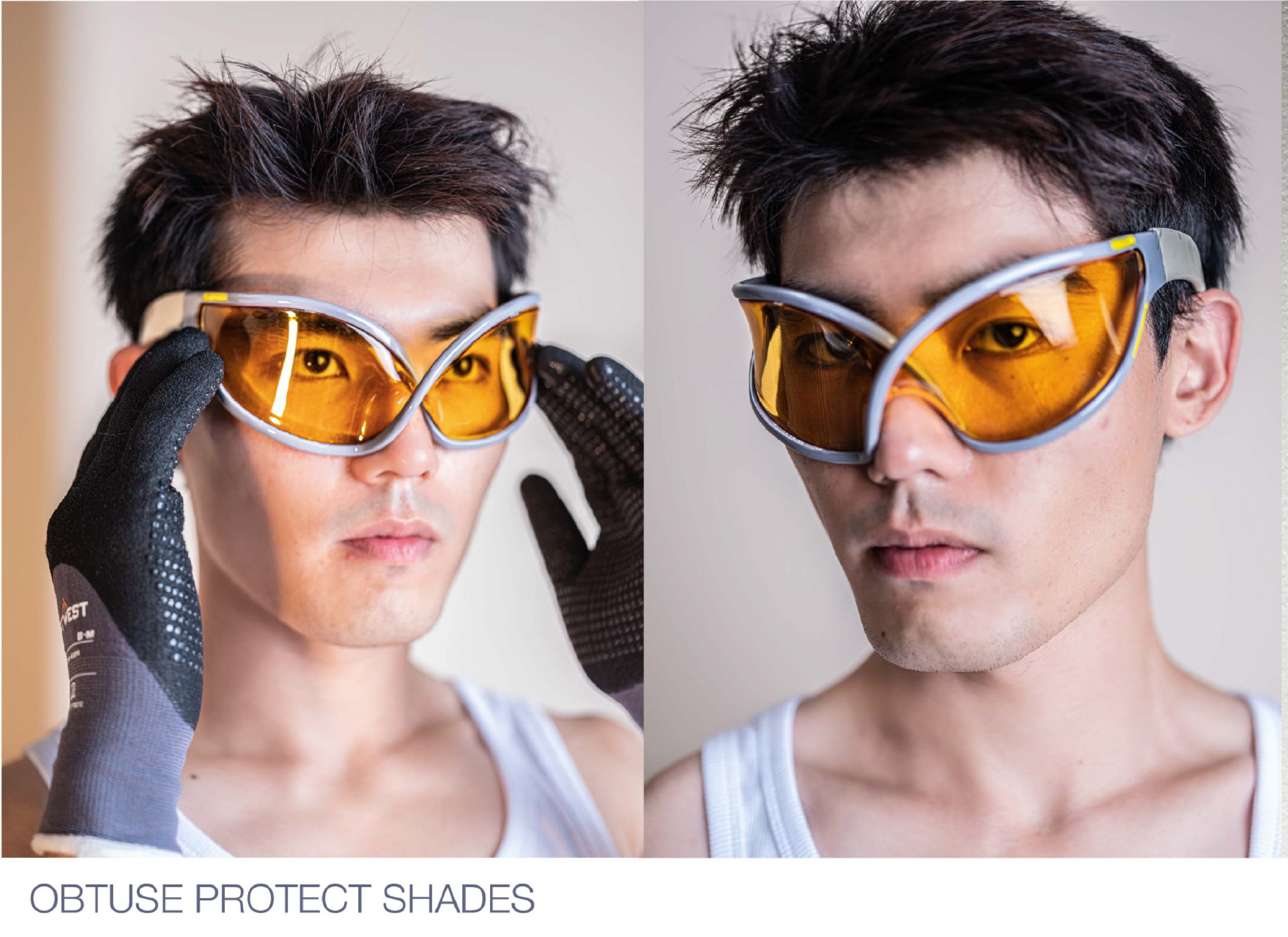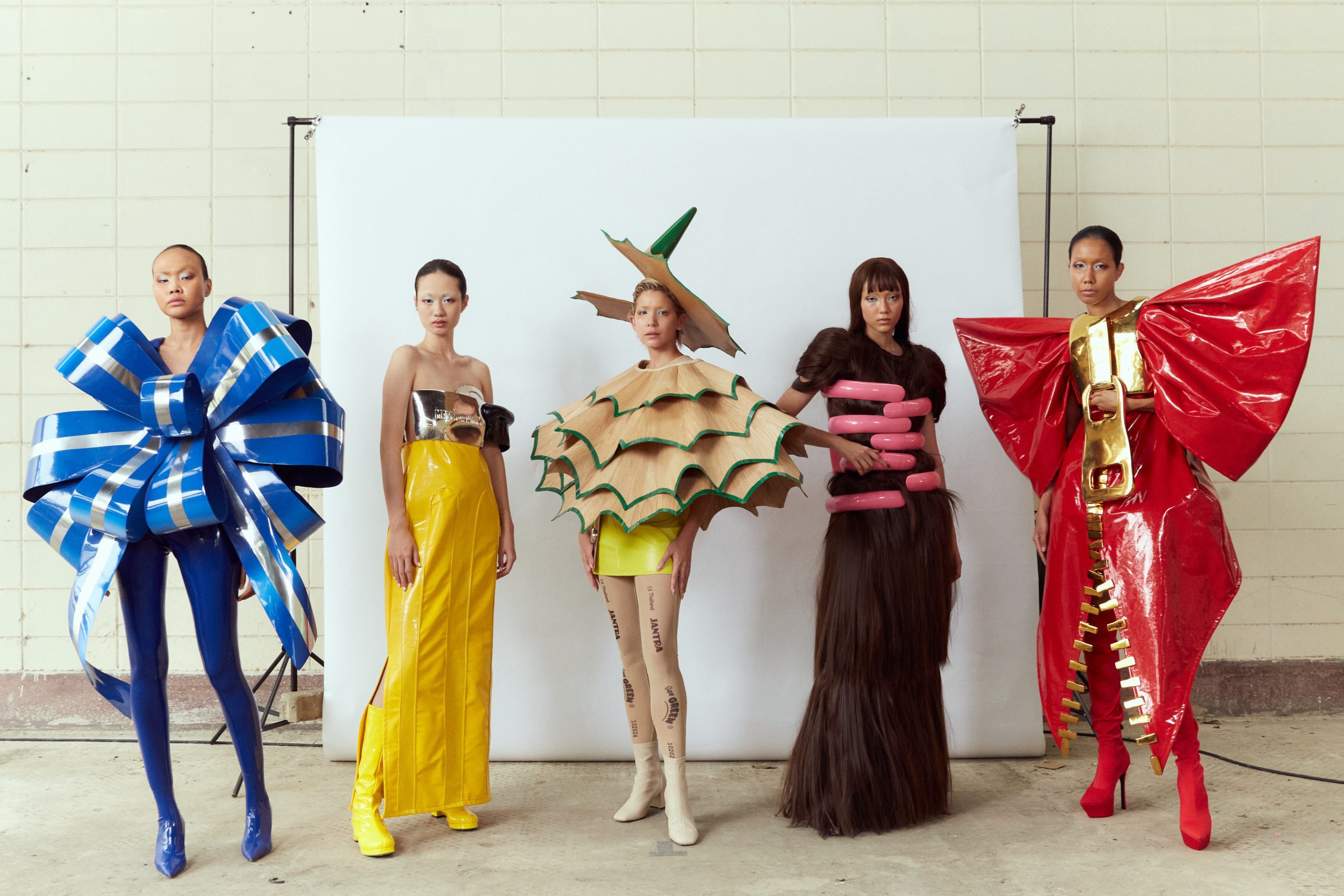Most of us have had the bitter experience of gazing into our wardrobe overflowing with clothes only to proclaim that we have “nothing to wear”. We don’t consider the four pairs of boyfriend jeans, eight matching sets or the drawer we wouldn’t dare open out of fear of a garment eruption.
Since the dawn of fast fashion, clothing consumption has become comparable to a fleeting romance. We put on our trend goggles and fall in love until another pair steers our attention elsewhere. The same garments we once adored get stuffed down the sides of drawers, screwed up and eventually thrown away (considering most fast-fashion pieces don’t stand the test of time). With all this in mind, how do we create a long-term relationship with the clothes we purchase?
The fashion industry is no stranger to the digital development of AI. In fact, AI is proving to be one of the driving forces assisting in streamlining the process of manufacturing, marketing, and consumption. According to a report by Markets And Markets, the market size of global AI integration into fashion is predicted to rise from USD 228 million in 2019 to USD 1,260 million by next year (2024). 1
Brands like Nike, Anthropologie, H&M, Dior, Zara, Everlane and many more are utilising AI in their business models. In June, Google created an AI shopping feature called ‘Try On’, that allows consumers to view desired pieces on a diverse range of models – the aim being to create a more inclusive, enjoyable and confident online shopping experience. With a considerable percentage of online shoppers not feeling represented, this is a necessary step in combating the lack of diversity in online retail, as well as the return rate of garments. Nike created a similar feature via the Nike Fit app. They’re using AI to determine your perfect size alongside personalised recommended products. Across the board, brands are learning to harness the power of AI to craft an online shopping experience that feels just as personal as receiving a helping hand in-store.
The multitude of benefits from utilising AI technology in the fashion industry stretch far and wide. AI integration has come at a time when mending our environment is dire. Although the fashion industry has long led a trail of wreckage, AI is currently tackling some of the biggest offenders of environmental destruction. AI algorithms are being used to calculate future sales projections, thus enabling brands to make more conscious, conservative decisions regarding stock levels. Brands will no longer feel the need to overproduce and with the ability to predict trends based on historic customer behaviour, the number of unsold items is expected to drop drastically. AI-based systems have enabled manufacturers to calculate precise measurements free from human error. In fact, Duc Hahn Garment JSC has been doing so since 2018 using the IntelloCut system. The system, developed by Coats Digital, not only reduced fabric waste but also assisted in reducing the bill of materials. Over the years, Coats have become an innovative leader in reducing textile waste. 2
In physical stores, brands are taking another look at “smart mirrors”. Back in 2012, Uniqlo partnered with Dai Nippon Printing Company to create the first ‘virtual fitting room’. The fitting room featured a first-of-its-kind smart mirror, where consumers could try on hundreds of pieces per minute. In 2022, the AR technology of smart mirrors began to merge with advancements in AI. The result? A smart mirror that uses AI generated measurements to decipher your perfect size, and algorithms to recommend you styling suggestions or similar items. Smart mirrors have proven their potential in driving up sales and reducing the rate of returns. According to a report conducted by Grand View Research, the global market size of smart mirrors is predicted to grow at a compound annual rate of 8.8% from 2023 to 2030. With a value of USD 514.6 million in 2022, it’s evident that smart mirrors are holding their seat at the table of the fashion industry. 3
It’s not just the big brands benefiting from the excitement of AI integration, it’s also a thrilling time for designers and consumers alike. AI fashion shows have been popping up around the globe as designers explore beyond the scope of what’s currently possible. Where once designers kept their most complex and innovative ideas on paper, or within the confines of their imagination, they now have the ability to bring those same ideas to life. What’s more, they can generate those ideas into wearable filters, worn and shared globally. Apps like DressX, and ZERO10 are bringing one-of-a-kind designer pieces to the palm of your hand. Just like that, we can push the limits of our personal style, try new things, and quench our undying thirst for overconsumption. Even fashion bloggers can now produce more content without contributing to the destructive nature of the industry. The ability to virtually try any style in the comfort of our own homes, judgment-free, is one of the many ways we can use AI to make more conscious consumer choices and build upon our stylistic choices without unnecessary purchases.
Let’s experiment before purchasing, explore our imaginations, and take pride in the pieces we let into our wardrobes. What if we treated our wardrobes like museums? How differently would we present ourselves? How much would our personal style shift? What kinds of pieces would we be willing to display? Knowing that we can digitally ensure our satisfaction with each item and more accurately decipher whether it’s deserving of a place within our space, it’s safe to say that AI is quickly becoming the ultimate tool for wardrobe curation.
Written by Ashley Jade Callahan from GLITCH Magazine





